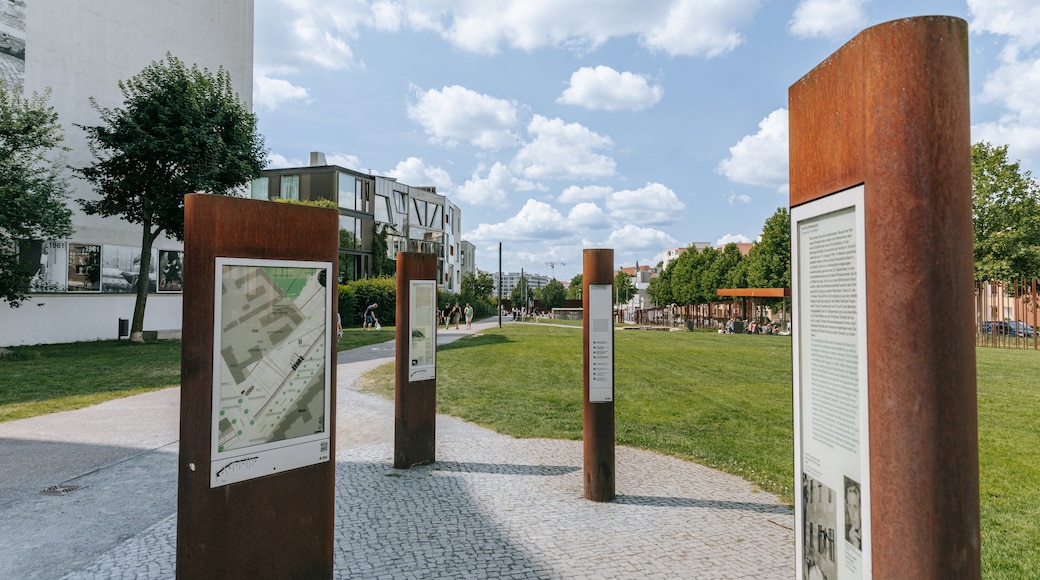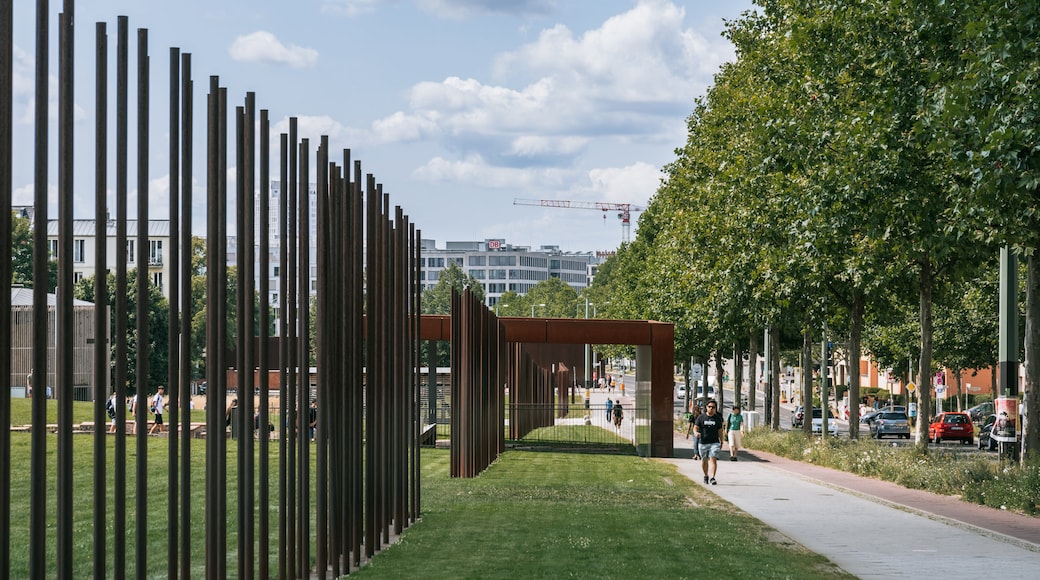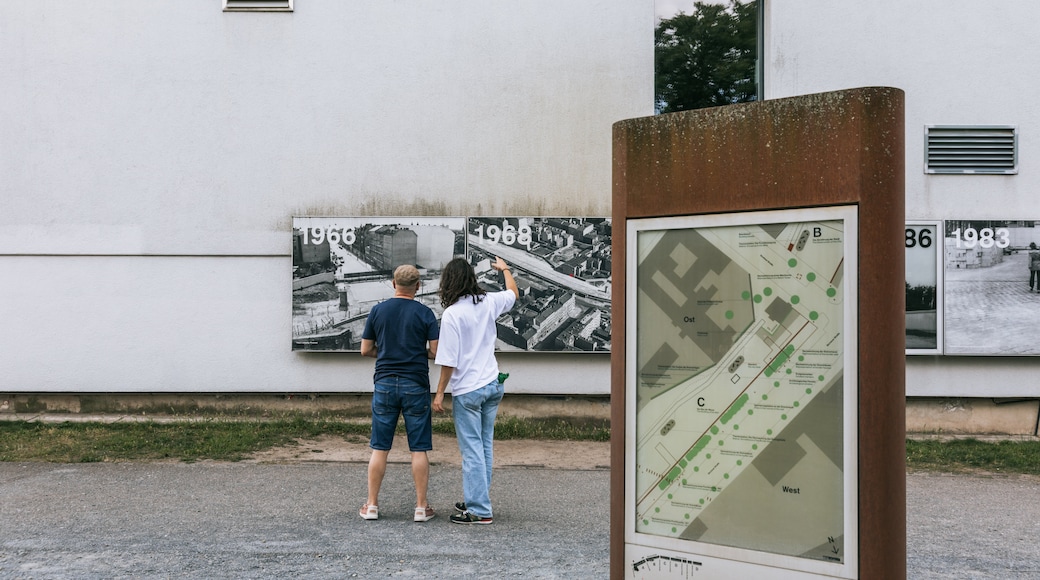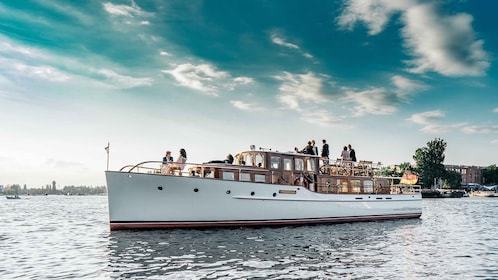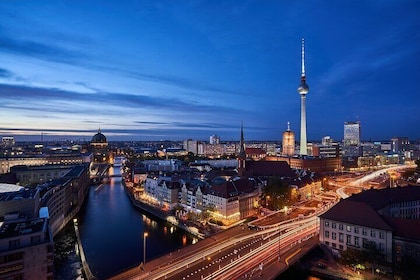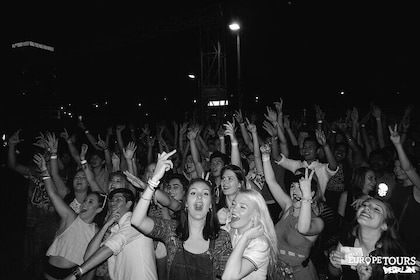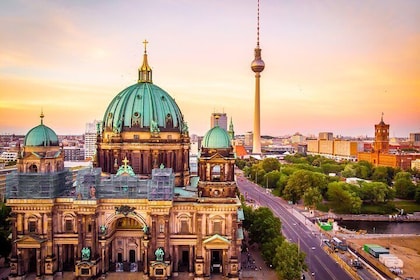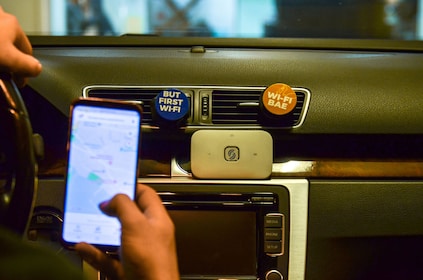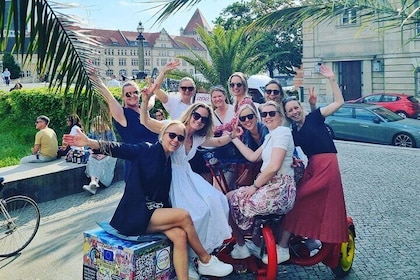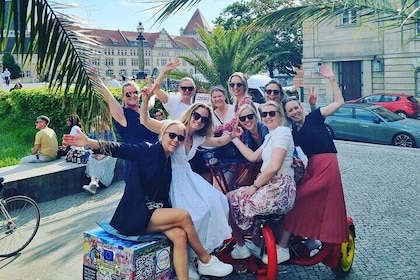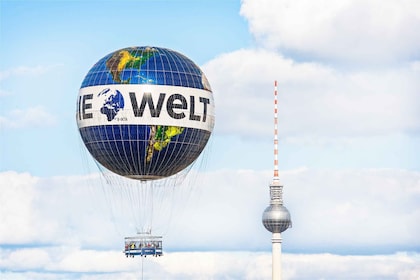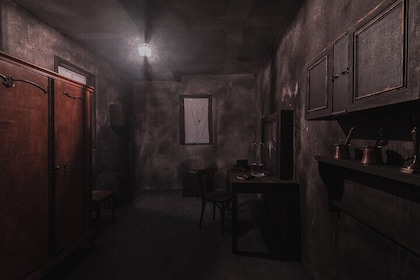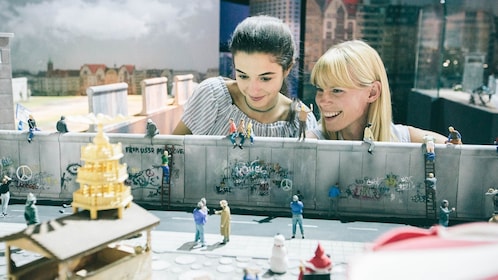The Berlin Wall separated capitalist West Germany from Communist East Germany for many decades. The wall was originally constructed along a street called Bernauer Strasse in 1961, instantly separating thousands of friends and families. Once the wall had been constructed, the neo-Gothic church that stood in the area became essentially stranded in no man’s land—instantly taking on the status of a symbol of a truly divided city. This landmark was eventually destroyed by the East German government just four years before the wall came down.
Today, it is possible to visit the church’s replacement, known appropriately as the Chapel of Reconciliation. This new monument to the history of Germany contains rubble from the structure of the original church, which has been included within its pressed clay walls. Throughout the church, plaques have been mounted on the walls with information regarding the political, social and engineering history of the wall. For even more of an insight into this era of German history, it is possible to rent an audio guide, which contains interviews with people who lived adjacent to this particular section of the wall. Guided tours are also available, which tell visitors about the divided lives that Germans led at that time, along with documented escape attempts. Tours are held every Sunday, and can be booked, and begin from, the Visitor Centre, which is also the place to equip yourself with the audio guide.
The only sign of the wall that once stood here is a series of poles. Other interesting and significant elements of the wall are the line of stones which indicate the Stasi tunnel an escape route that was employed by tunnel diggers during the city’s separation. There are also some striking murals on the side of buildings adjacent to the Berlin Wall Memorial, including a famous photograph of a soldier leaping over a barbed wire fence, by Peter Leibing.
The Berlin Wall Memorial is an attractive green space, set on the site of an old churchyard in Mitte, the city centre of Berlin. You can visit this historically important site on any day from Tuesday to Sunday all year round, and it is easily reached via public transport.

